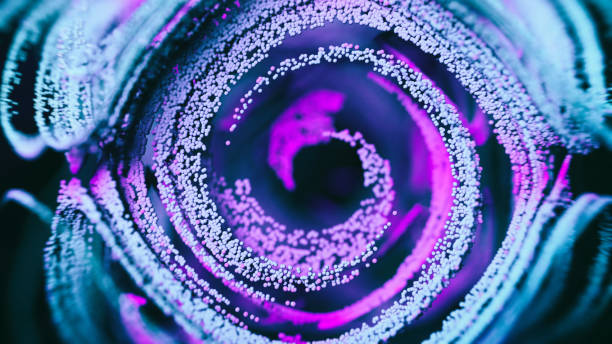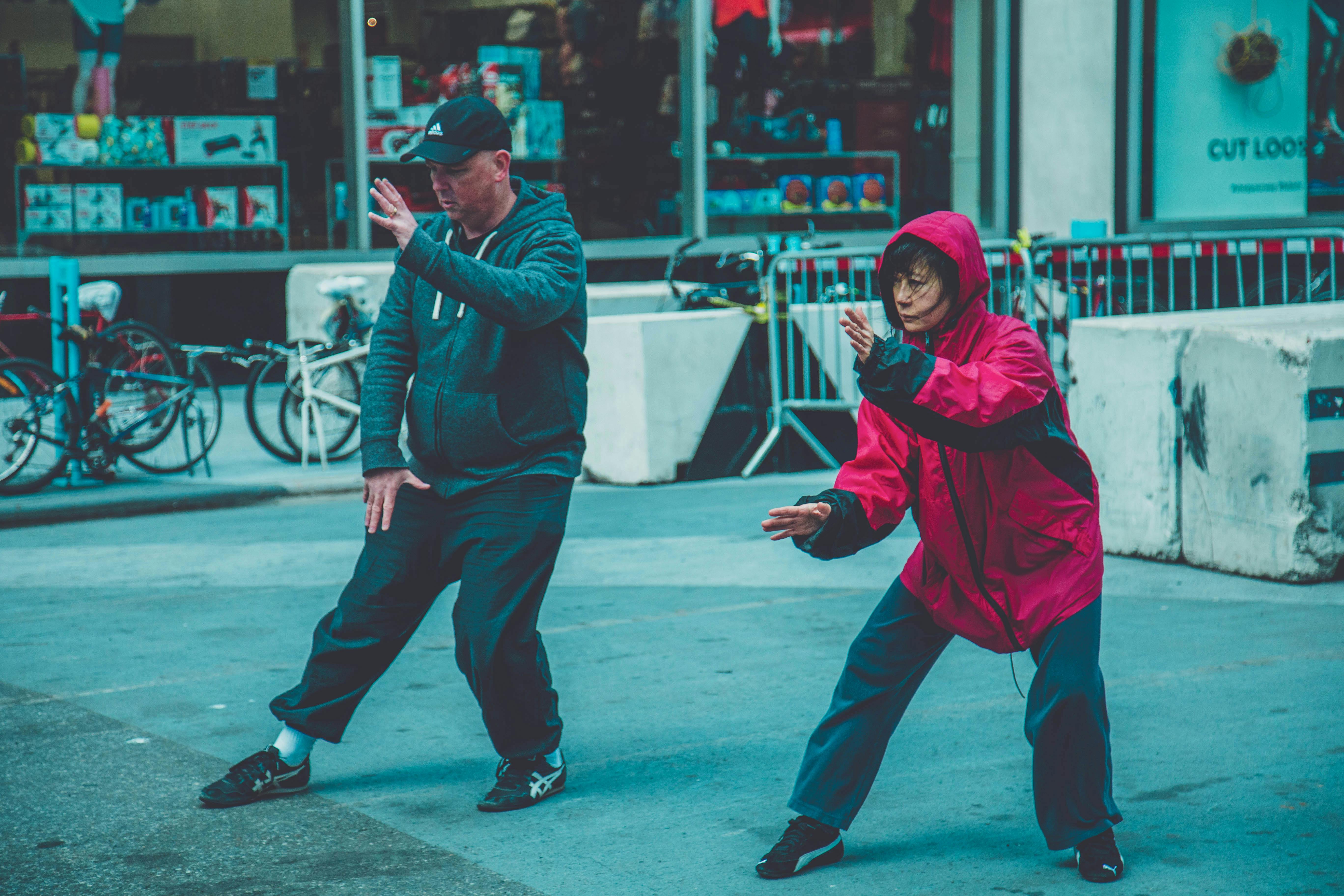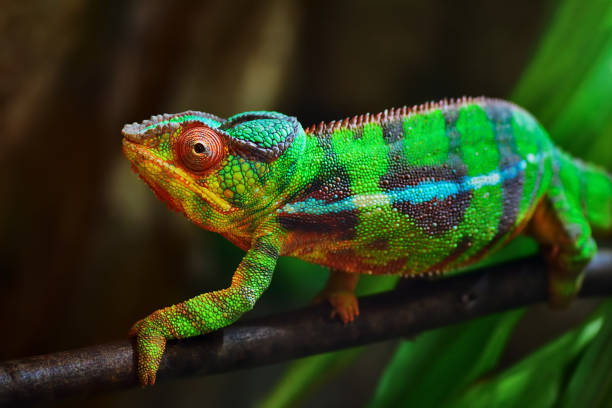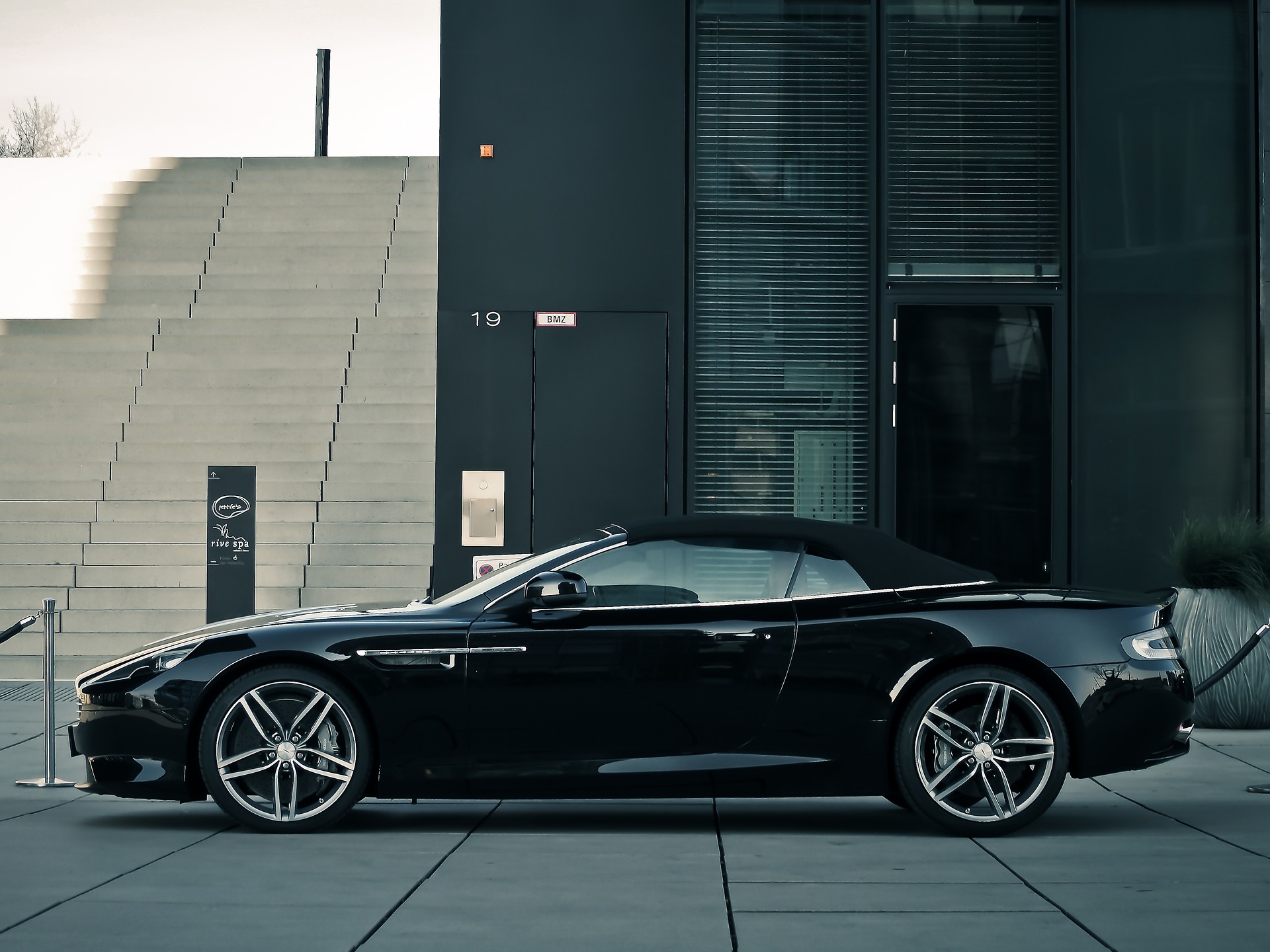Illuminating the World of BioArt: Merging Biology and Creativity
Introduction: Prepare for a deep dive into the intersection of art and science in the increasingly popular movement of BioArt. Unpack its historical roots, its contemporary relevance, and the profound impact it holds for both the art world and scientific research.

A Glimpse into BioArt’s Origins
BioArt, a contemporary artistic practice that uses living organisms as its medium, has roots dating back to the 20th century, even if it wasn’t formally recognized until the late 1980s. The early instances of BioArt emerged in conjunction with the rise of biotechnology, as artists began to experiment with genetic engineering and tissue culture. However, it was Eduardo Kac’s transgenic artwork “GFP Bunny” in 2000, featuring a genetically modified glowing rabbit, that brought BioArt into mainstream discourse.
BioArt in Today’s Cultural Landscape
Fast forward to 2022, and BioArt is thriving more than ever. Artists are creating living sculptures, designing synthetic organisms, and even incorporating their own bodies into their work. This art form has become a powerful tool for exploring and commenting on the ethical, social, and environmental implications of biotechnology. It’s not just a trend; it’s a commentary on life itself in the age of genetic manipulation.
The Impact of BioArt
BioArt’s impact extends beyond the art world into scientific and ethical domains. By fusing biology and art, BioArtists force us to question the boundaries of life and the moral implications of manipulating it. They provoke critical discussions about bioethics, environmental sustainability, and the role of science in society. Moreover, they challenge the conventional separation of art and science, arguing for a more holistic view of creativity.
BioArt’s Reception and Significance
The reception of BioArt has been mixed, reflecting its disruptive nature. While some hail it as the ultimate form of creative expression, others view it with suspicion, considering it a grotesque exploitation of life. Nonetheless, BioArt’s significance lies in its ability to provoke thought and stimulate debate, fulfilling art’s ultimate purpose: to challenge the status quo and push boundaries.
The Future of BioArt
As we move further into the era of biotechnology, BioArt is poised to become even more significant. As artists continue to push the envelope of what art can be, and as scientists continue to advance our understanding of life at a molecular level, the possibilities for BioArt are endless. It’s not just about creating art that’s visually appealing; it’s about creating art that makes us think, question, and wonder.
In conclusion, BioArt is a genre that blurs the boundaries between art and science, challenging our perception of life and creativity. As it continues to evolve, it will undoubtedly continue to provoke, inspire, and challenge us, fulfilling the highest potential of art.






